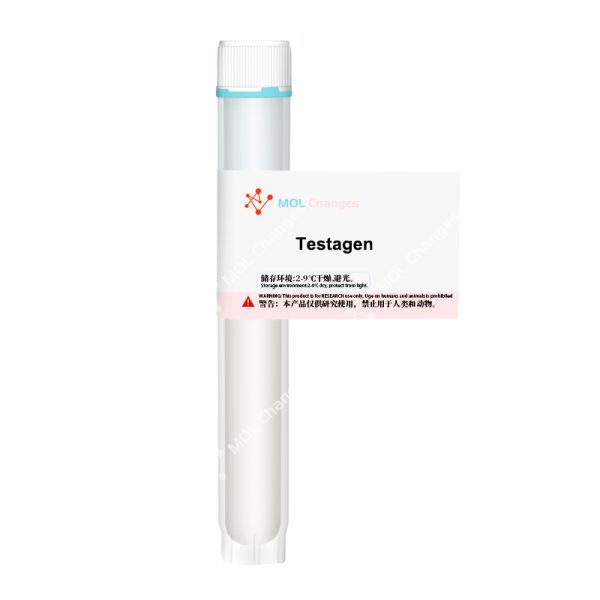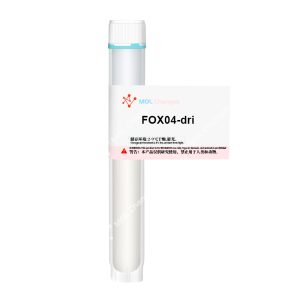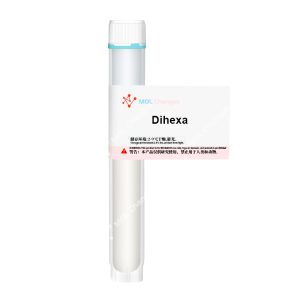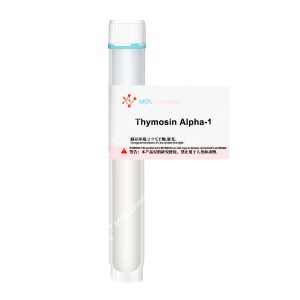Testagen is a multifunctional synthetic peptide derived from interdisciplinary research into peptide therapeutics and endocrine regulation.
Biomimetic modifications based on natural peptides, coupled with computer-aided molecular simulations, have been used to enhance its stability and bioavailability; immunogenicity is subsequently reduced.
Preliminary studies indicate that Testagen influences the hypothalamic-pituitary-gonadal axis, regulating testosterone secretion specifically.
Activation of AMPK and various sirtuin signaling pathways follows, promoting fatty acid oxidation and glucose uptake – visceral fat accumulation and overall lipid profiles as key improvements observed.
Testagen, in summary, is a true multi-target synthetic peptide drug; metabolic and age related diseases are within reach of its comprehensive profile of action.
序列
H-Lys-Glu-Asp-Gly-OH
化学文摘社编号
1026993-38-3
分子式
C17H29N5O9
分子量
447.445
Research Of Testagen Peptide
1.Metabolic and Neurological Effects
Experimental evidence of lower LDL cholesterol and triglycerides is present; type 2 diabetes treatment is one potential application.
Recent studies have revealed a significant antioxidant potential (among other effects), enhancing superoxide dismutase and glutathione peroxidase activity, mitigation of all forms of oxidative cell necrosis as the objective of this line of research.
Notably the research demonstrates improved mitochondrial function.
Crossing the blood-brain barrier, Testagen stimulates brain derived neurotrophic factor (BDNF) secretion; cognitive function and neuronal survival are both positively affected.
2.Endocrine Enhancement
Modulation of the aforementioned signaling is the primary focus.
Direct, precise regulation of the endocrine system at a signaling level is what makes Testagen particularly notable.
Mimicking the release of gonadotropin-releasing hormone(GnRH) within the hypothalamus, optimization of pituitary secretion (of at least Luteinizing hormone /LH) is achieved.
Expression of acute phase proteins (related to steroidogenesis in testicular cells) can also be modulated, mitochondrial energy supply as a secondary but important end point.
Reducing the ‘affinity’ of sex hormone-binding globulin (SHBG) for testosterone is another pathway Testagen takes to achieve endocrine change.
All of these combined, safer (to current knowledge) endocrine based treatments or at least partials thereof, are and will always be a part of Testagen’s therapeutic promise.
3.Energy Regulation
Testagen activates the AMP-activated protein kinase pathway or AMPK, a form of cellular ‘energy switch’.
Mimicking this signaling, it promotes fatty acid oxidation within liver and muscle tissues, inhibiting various forms of lipid synthesis.
Suppressing triglycerides and low-density lipoproteins is a direct result of this action.
Enhancing insulin sensitivity is another key effect; tissue and organ specific energy utilization is improved, insulin resistance as markedly reduced – visceral white fat accumulation as one of the more measurable end points of this process.
Comprehensive energy regulation is what effectively addresses obesity and all associated blood glucose abnormalities caused by high fat diets; potential therapeutic value for type 2 diabetes is well documented.
4.Antioxidant Effects
Studies indicate Testagen enhances the activity of at least some antioxidant related enzymes (catalase, glutathione peroxidase as representative), pushing the upper limit of the body’s inherent antioxidant defense system.
Significant innate immune capacity is boosted, less oxidative damage to both cells and (to a large extent) DNA occurs.
Anti-aging research has specifically shown reductions in mitochondrial decline, telomere attrition and all the smaller more qualitative aspects of cellular survival – a solid theoretical foundation for any anti-aging application.
Neuroprotective and Cognitive Enhancement Effects: Testagen is a carefully engineered peptide designed to cross the blood brain barrier.
Modulating NMDA receptor function is its primary intended neuroprotective action.
Brain derived neurotrophic factor (BDNF) synthesis and associated processes – survival, differentiation and substantially growth of neurons – is also stimulated.
神经发生 in the hippocampus, memory consolidation and all related cognitive impairments are improved.
Mitigating β-amyloid type toxicity and loss of dopaminergic neurons (and all subsequent ‘dying back’ of the brain) constitutes a desired end point of neurodegenerative research.
COA
高效液相色谱法
MS








